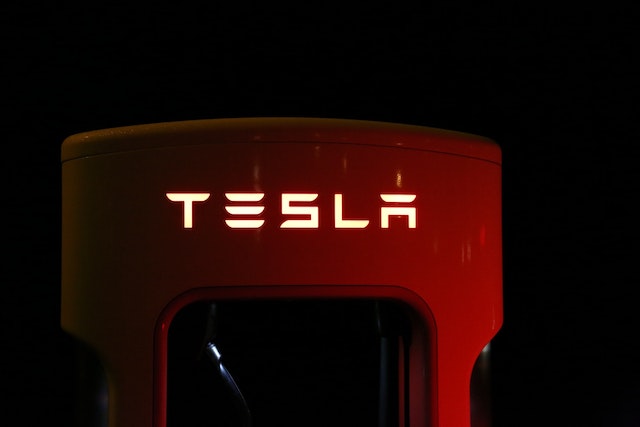The Cash Crunch: EV Startups Navigate through Demand Downturn
The electric vehicle (EV) revolution has been making headlines worldwide, promising a greener and more sustainable future for transportation. However, as with any transformative industry, it is not without its share of challenges. One such obstacle faced by EV startups is the cash crunch arising from a faltering demand.
Understanding the Cash Burn Phenomenon
In the wake of environmental concerns and advancements in technology, the EV market experienced a tremendous boom. Investors were keen to back innovative startups, hoping to capitalize on the potential disruption of the automotive sector. Consequently, substantial amounts of capital were infused into these emerging companies.
Initially, the soaring demand for EVs supported the rapid growth of startups. However, the honeymoon phase seems to be coming to an end as the market matures. Factors such as increased competition, supply chain disruptions, and regulatory uncertainties have led to a slowdown in demand for electric vehicles.
Challenges for EV Startups
With the demand slump, EV startups are now facing the harsh reality of managing their finances efficiently. The primary challenge lies in sustaining their operations and growth while being heavily reliant on external funding. The cash burn rate, which represents how quickly a company spends its capital to cover expenses, becomes a critical indicator of the startup’s financial health.
The reduced demand puts immense pressure on the bottom line, forcing EV startups to reassess their expansion plans and cut costs where possible. Unfortunately, this often leads to layoffs, delayed product launches, or even downsizing operations. For some startups, the cash crunch can be a make-or-break situation.
Strategies to Navigate the Storm Successfully
While the challenges are undeniable, there are several strategies that EV startups can adopt to weather the storm successfully:
- Diversifying Product Offerings: Instead of solely focusing on passenger EVs, startups can explore opportunities in commercial vehicles, charging infrastructure, or EV components. Diversification can create new revenue streams and reduce dependence on a single market segment.
- Market Penetration in Emerging Economies: Many emerging economies are actively promoting EV adoption through incentives and policy support. EV startups can target these markets where demand is on the rise, presenting an opportunity to gain a competitive edge.
- Operational Efficiency: Improving operational efficiency can significantly impact cash burn. Startups should optimize their supply chains, reduce production costs, and identify areas where resources are being underutilized.
- Strategic Partnerships: Collaborating with established automakers, tech giants, or local governments can provide startups with access to resources, distribution channels, and technical expertise, all of which are valuable during challenging times.
- Focus on Sustainability and Quality: Building a strong reputation for sustainability and high-quality products can help attract environmentally conscious consumers, even during a demand slowdown.
- Long-term Vision: EV startups need to keep a long-term vision in mind. While short-term challenges are unavoidable, keeping an eye on the larger goal of transforming the automotive industry can be a driving force during tough times.
Conclusion
The EV industry’s growth trajectory has faced a hurdle with the recent faltering demand. For startups in this space, the cash crunch presents significant challenges that demand prudent financial management and strategic decision-making. By diversifying offerings, expanding into emerging markets, improving operational efficiency, forging strategic partnerships, and maintaining a long-term vision, these startups can weather the storm and continue driving the electric vehicle revolution forward. With perseverance and adaptability, EV startups can emerge stronger and contribute to building a sustainable future for transportation.












